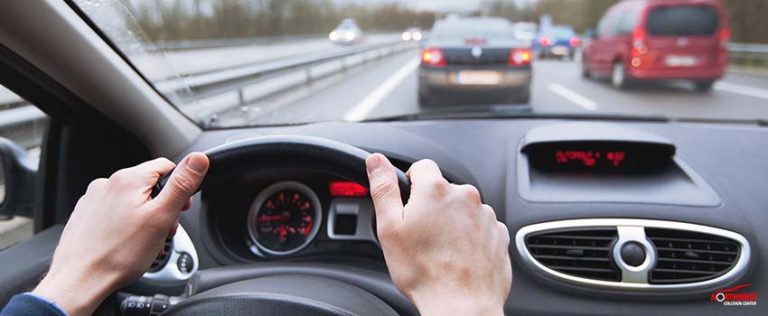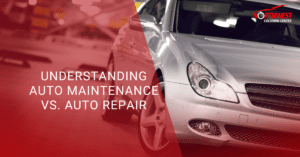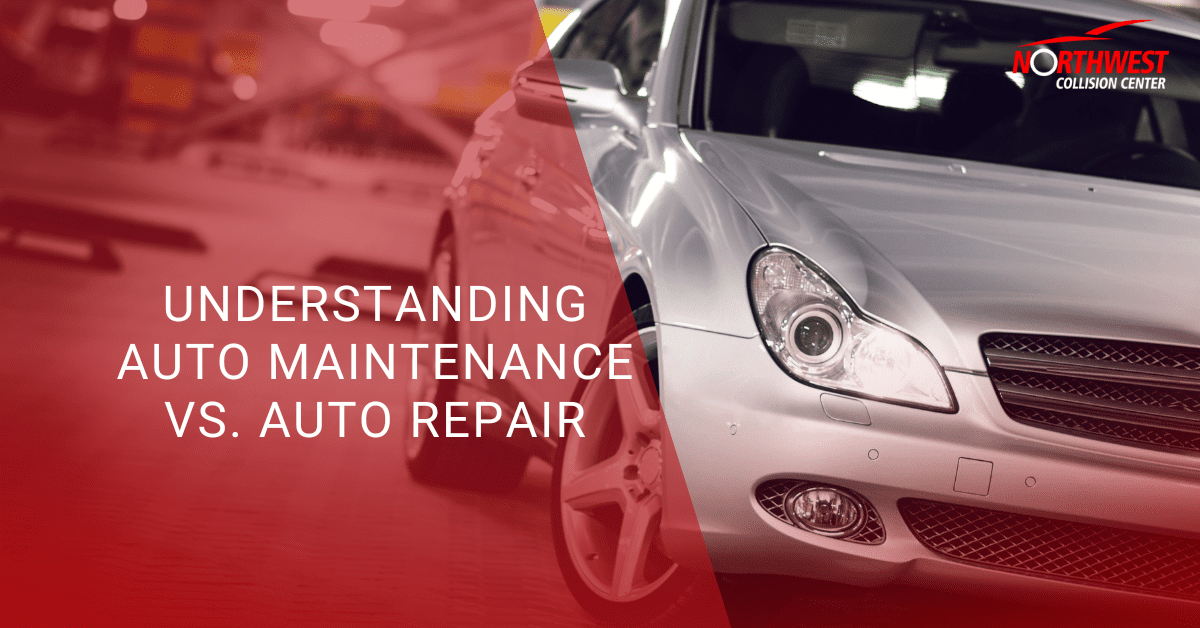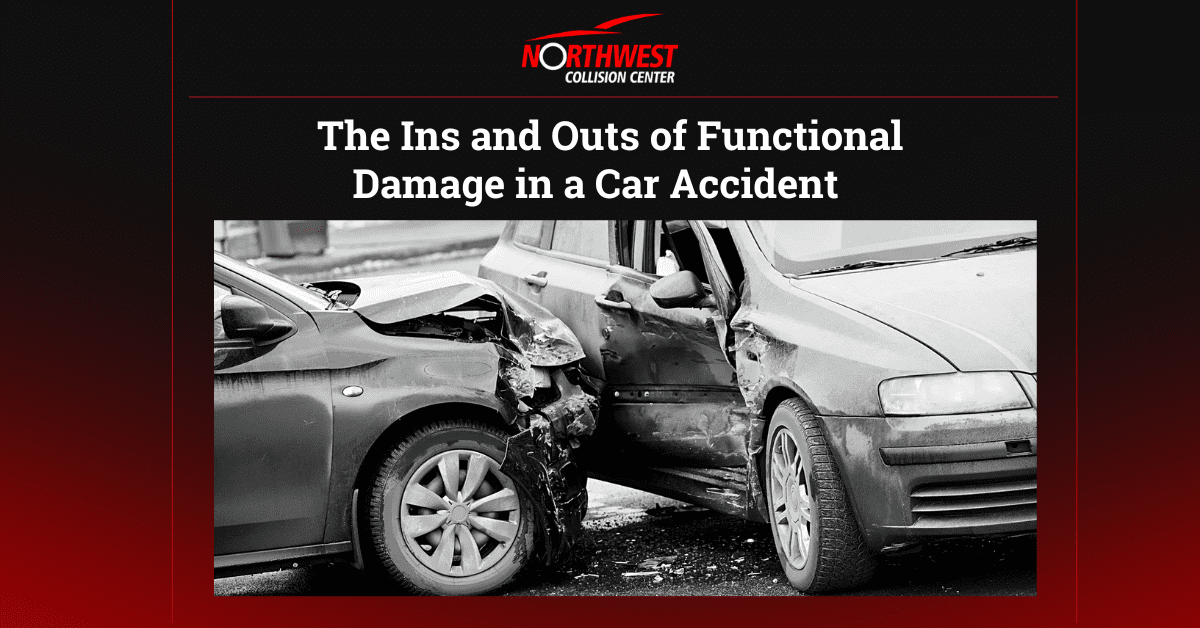According to the latest statistics from the National Highway Traffic Safety Administration, more than 327,000 people are killed in traffic accidents each year. Although this is a decrease of close to 25% compared to ten years ago, the many lives lost on the roads remains significant. According to estimates by the National Safety Council, an average person is 1 in 113 likely to die in a motor vehicle accident.
This is where a defensive approach to driving becomes crucial. Defensive driving refers to a specific style of road maneuvering that employs many techniques and tactics designed to keep everyone safe. The goal is to reduce the incidences of vehicular accidents, allowing people to return home safely to their families.
The Ideal Course for Drivers
Defensive driving classes are available in many states but often with varying benefits. Some provide an assurance that your insurance rates won’t increase if you complete the course. Others allow this type of driving class to reduce your insurance rates by up to 10% for three to five years.
Similarly, the duration of a given class for defensive drivers differs from one state to the next. Although most of these last for four hours, there are some that can take six to eight hours to finish. Additionally, some states allow students to learn this driving course online or via a DVD while others require students to complete this in a classroom setting.
What Are the Rules of Defensive Driving
Adopting a defensive stance while driving is the best way to keep yourself safe from any possible danger. To achieve this, you need to develop a mindset that allows you to always be aware that a road accident might happen anytime. Here are the essential rules of defensive driving:
1. Look Ahead
This may seem obvious, but it is an important aspect of defensive driving to look ahead and not just to focus on what is directly in front of you. Many accidents could have been prevented if motorists had been able to see what was coming towards them.
2. Pay Attention
Although paying attention is not something that always comes naturally, it can be a habit if it’s practiced regularly. Given this, try to focus your attention on the road by connecting your mind with your eyes.This is known as “situational awareness”.
3. Yield
Many people don’t fully understand the right of way concept and there are actually several road situations that can be confusing. If there’s any doubt in your mind about which vehicle has the right of way, just yield to the other driver. It’s not the principle that matters when it comes to safe driving; it’s the outcome.
4. Buckle Up
The most important car safety device ever invented is the seat belt for several reasons. In case of a collision, they protect you from impact damage, absorb the crash forces, and keep you from being thrown out of the car. More importantly, belts help keep you in better control of your driving so you don’t have to face the prospects of a collision.
5. Beware of Intersections
Drivers should be aware of intersections as they are the most dangerous. More than 80% of city collisions that lead to injury or death involve intersections that have signal lights. Many of these collisions occur within four seconds of a change in the light.
One of the rules of defensive driving says that you have to slow down when approaching a traffic light at an intersection. If the intersection is “blind”, meaning you cannot see the traffic crossing the street from your left until it’s near, the risk of a collision becomes greater, so it’s best to be cautious.
6. Find Your Blind Spots
What are your blind spots? It all depends on the type of vehicle that you have, although most cars have blind areas near the rear. This means that you can’t see anything in these areas unless your mirrors are adjusted accordingly.
The basic rules of defensive driving when it comes to mirrors have to do with checking on them every five to eight seconds while you’re on the road. At times, however, doing so may not be enough. This is especially true if you’re changing lanes where some vehicles have large blind areas that can conceal other automobiles from them. When this is the case, it’s best to turn your head first and look before switching lanes.
7. Create Space
Ensure your safety on the road by creating space between you and the vehicle in front of you by at least two seconds. To discourage other drivers from tailgating you, switch lanes and adjust your speed so your tailgater will drive past you.
8. Avoid Distractions
One of your most important “duties” as a driver is to be accountable for your actions and to face the consequences of your decisions. Nearly every collision involved a driver who had the opportunity to avoid it, and another driver who made the mistake. Either one or both were distracted from their driving because they were busy munching, drinking, applying makeup, and talking to someone on their mobile phones.
9. Slow Down
This is especially crucial if you’re driving and it starts to rain or snow. The rule of thumb is that you should slow down by at least a third for rain and half for snow. If ice is present, slowing down even more is recommended. In this regard, you should also ensure that your tires are in good condition and that the air pressure is just right.
10. Always Signal Right
When you use your signal lights, be careful not to send the wrong message. If you’re approaching an intersection and you intend to turn right into a service center, you should not signal too quickly as the drivers behind you might mistakenly think that you are turning at the intersection, rather than beyond it. If this happens, they might decide to overtake and catch you off guard, which could lead to an accident.
Key Takeaway
The key to safe driving is to become a defensive driver. All car owners want to reach their destinations on time, but many want to do it the fast and dangerous way. They come up with the idea that driving fast is better, not realizing that in doing so, they are placing themselves in great danger.
Adopting a defensive approach to driving encourages you to handle the steering wheel with caution, not just for your own personal safety, but that of other drivers as well. The rules of defensive driving about slowing down at intersections, giving way, signaling correctly, paying attention, and wearing the seat belt are not just meant to save you; they are also there to keep other people on the road alive and well, keeping vehicular accidents to a minimum and preventing you from incurring hefty repair costs.
Northwest Collision Center is your best choice for outstanding auto repair jobs.
Sometimes, road mishaps just happen even if you follow several defensive driving tips. If you get involved in any vehicular accident where your car ends up a total wreck, visit Northwest Collision Center and see us work our magic on your four-wheeled friend.
Our auto body shop in St. Petersburg, FL, has advanced technology manned by professional and skilled technicians committed to providing you with top-notch repair services. Call us now and find out why we are the best at what we do.










